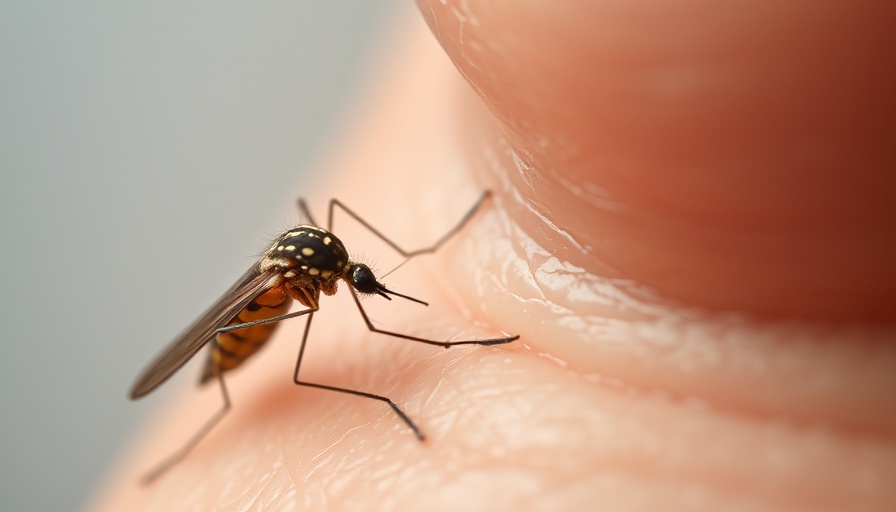
How Wildfire Smoke Affects Heart and Lung Health
Wildfires are becoming increasingly common, and their far-reaching impact goes beyond the flames and ash. A new study has revealed that exposure to wildfire smoke poses significant long-term risks to heart and lung health, affecting individuals for up to three months after the fire has been extinguished. Conducted by researchers at the Icahn School of Medicine at Mount Sinai, this study underscores the critical need for proactive measures in wildfire management and public health.
The Science Behind Particle Pollution
The research analyzed hospitalization records across 15 U.S. states over a decade, encompassing more than 21 million records, which included heart and respiratory-related health conditions. The findings were alarming: individuals exposed to smoke pollution exhibited increased risks of hospitalization due to conditions ranging from high blood pressure to severe respiratory illnesses like asthma and COPD. It is particularly concerning that even short-lived exposures can lead to lasting health impacts—a stark reminder of the dangers posed by what seems like an isolated event.
Why Outdated Strategies Need a Reboot
Yaguang Wei, the lead researcher, highlighted that current wildfire management strategies are inadequate. While prescribed burns can lower wildfire risks, they often prioritize property protection rather than public health. He advocates for a fundamental shift toward intensive wildfire management that directly addresses air quality and population health. Given that smoke can linger long after a fire has ended, upgrading these strategies could prevent potential health crises for communities at risk.
Recognizing the Health Risks
Among the health conditions exacerbated by wildfire smoke, high blood pressure presented the most significant increase in risk. Individuals at higher risk include those with pre-existing conditions, older adults, and those living in areas frequently affected by wildfires. Recognizing this threat is crucial for maintaining health, especially in vulnerable groups. Community awareness programs can help educate residents on recognizing symptoms and understanding when to seek medical assistance.
Preparing for Future Wildfire Seasons
As wildfires continue to pose a risk, understanding how to mitigate health effects becomes increasingly essential. Individuals are encouraged to limit outdoor activities during wildfire events, invest in air purifiers, and stay updated on local air quality reports. The need for robust health strategies is dire, particularly as climate change contributes to the rising frequency and intensity of wildfires.
For those seeking to enhance their knowledge about medications and possible health impacts, it is wise to consult healthcare providers on ways to prepare for wildfire smoke. Stay vigilant, be informed, and prioritize your health as wildfire smoke becomes an increasingly critical public health issue in our changing climate.
Contact us for more details about protecting your health amid wildfire risks and learn about medication safety and alternatives that can support your well-being.
 Add Row
Add Row  Add
Add 




Write A Comment